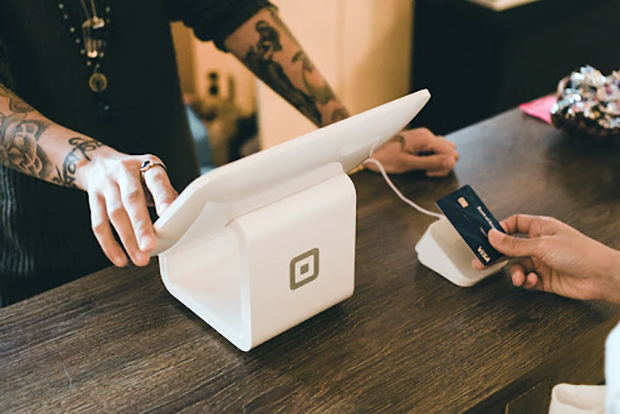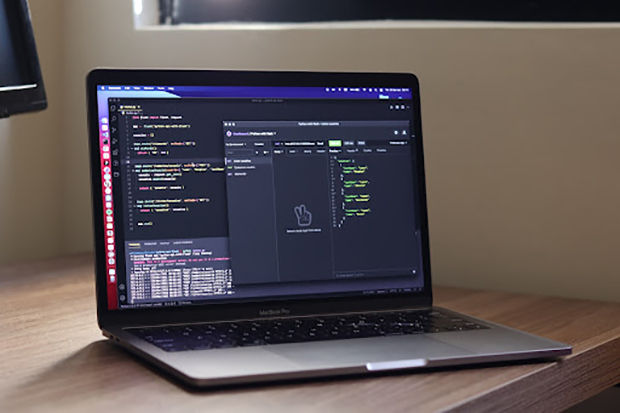How to Integrate a Marketplace Payment Gateway
Introduction
A marketplace payment gateway is an online platform that enables merchants to accept payments from customers in a secure and efficient manner. It acts as a bridge between the customer's bank and the merchant's website, ensuring that all transactions are processed smoothly.
In this article, we will discuss how to integrate a marketplace payment gateway into your website and the different options available for website payment solutions.
Definition of the marketplace payment gateway
A marketplace payment gateway is a software application that facilitates the transaction of money between a customer's bank and the merchant's website. It acts as an intermediary between the two parties and ensures that all transactions are processed securely and efficiently.
The marketplace payment gateway also verifies the customer's payment details and passes them to the merchant's website for processing.
Marketplace payment flow
When a customer initiates a transaction on a merchant's website, the following process takes place:
- The customer enters their payment details on the merchant's website.
- The payment gateway verifies the customer's payment details and passes them to the merchant's website.
- The merchant's website processes the transaction and sends a request to the payment gateway to authorize the payment.
- The payment gateway authorizes the payment and sends a response to the merchant's website.
- The merchant's website receives the response and updates the customer on the status of their transaction.
How to integrate a marketplace payment gateway
There are two main ways to integrate a marketplace payment gateway into a website:
Widget
A widget is a pre-built integration that can be added to a website with minimal coding. This is the easiest and quickest way to integrate a marketplace payment gateway into a website. Most payment gateways provide a widget that can be added to a website with just a few lines of code.

The process of integrating a widget is simple and straightforward. The merchant will have to sign up for an account with the payment gateway provider, and then they will be provided with a code snippet that needs to be added to the merchant's website. The code snippet can be added to the website through various methods such as HTML, JavaScript, or other programming languages.
Widgets are typically designed to be user-friendly, and easy to install and customize. They are often available in different languages and can be easily integrated into a website without affecting the overall design and functionality of the site.
Widgets are also highly secure, as they are provided by the payment gateway providers themselves and are regularly updated to ensure that they meet the latest security standards. Additionally, widgets are often equipped with built-in fraud prevention and detection mechanisms, to protect both the merchant and the customer's sensitive information.
Overall, using a widget to integrate a marketplace payment gateway into a website is a convenient, simple, and secure option for merchants who want to accept payments from customers. It is also a cost-effective solution as it requires minimal coding and technical expertise. However, it is important to note that widgets have some limitations and may not provide the same level of customization and flexibility as an API integration.
API
An API, or Application Programming Interface, is a set of programming instructions that allow two different software applications to communicate with each other. Integrating a marketplace payment gateway through an API requires more technical expertise and may take longer than using a widget, but it provides more flexibility and customization options.
When integrating a marketplace payment gateway through an API, the merchant will have to sign up for an account with the payment gateway provider, and then they will be provided with a set of API credentials, such as a unique API key and secret. These credentials are used to authenticate the merchant's website with the payment gateway and establish a secure connection between the two.
API integration allows merchants to have more control over the payment process, as they can build their own custom checkout pages and tailor the payment process to their specific business needs. They can also access more advanced features and capabilities, such as recurring payments, subscriptions, and more.
API integration also allows merchants to receive real-time notifications of payment status, enabling them to take action based on the outcome of the transaction, such as updating an order status or sending a notification to a customer.

However, it is important to note that API integration requires more technical expertise and may take longer to implement than using a widget. Additionally, merchants need to ensure that their website and payment gateway are configured correctly to ensure seamless integration.
Overall, API integration of a marketplace payment gateway is a more advanced option that provides more flexibility and customization options for merchants. It is also more secure and allows for real-time notifications, but it requires more technical expertise and may take longer to implement. Merchants should carefully consider their business needs and resources before deciding on which integration method to use.
Conclusion
In conclusion, a marketplace payment gateway is an essential component of any online marketplace, as it enables merchants to accept payments from customers in a secure and efficient manner. Integrating a marketplace payment gateway into a website can be done through a widget or an API.
Using a widget is the easiest and quickest way to integrate a marketplace payment gateway, but using an API provides more flexibility and customization options. In either case, it is important to consider the different marketplace payment options available and choose the one that best suits your business needs.
Copyright © . All Rights Reserved